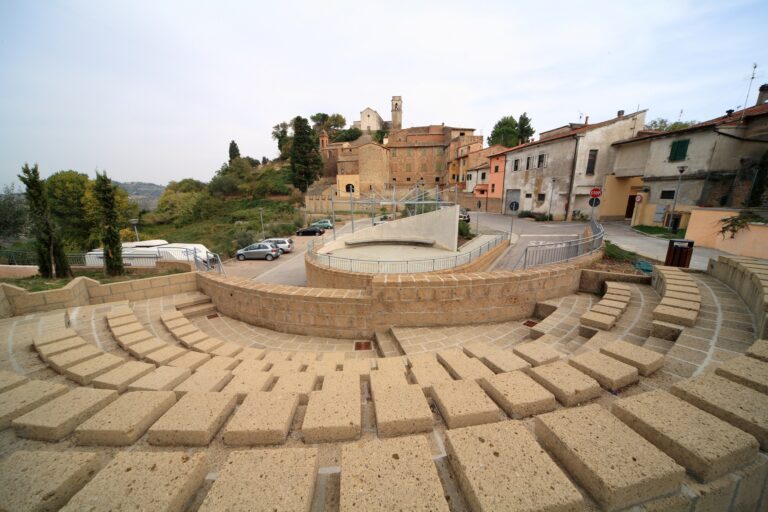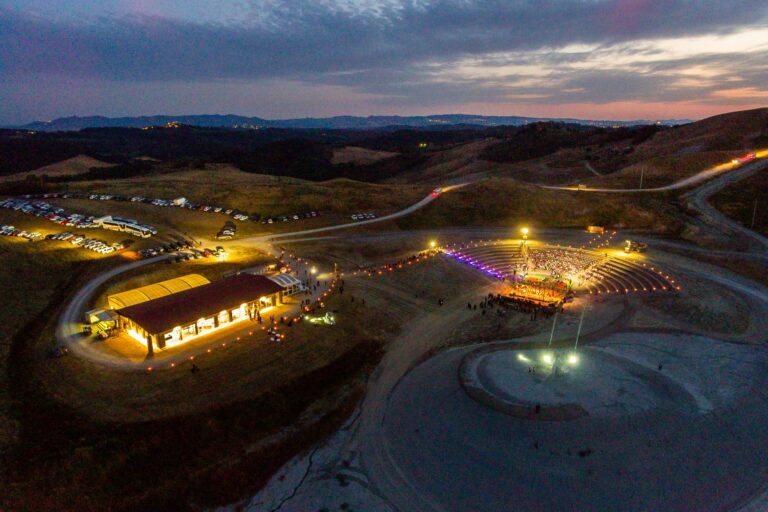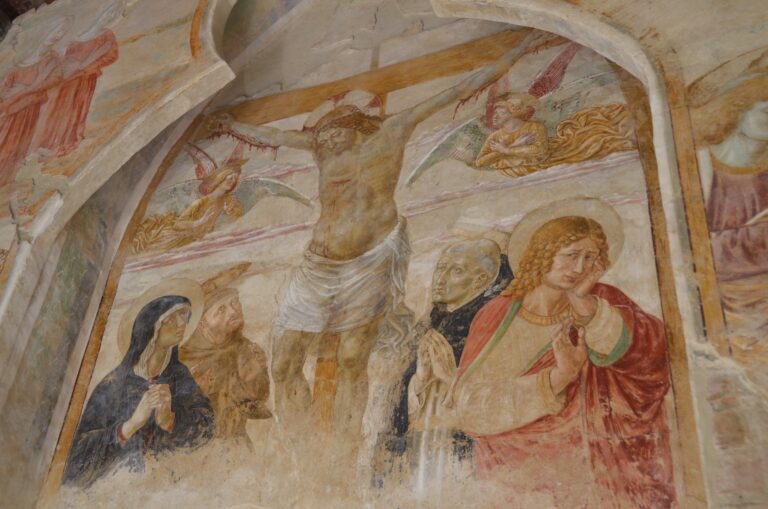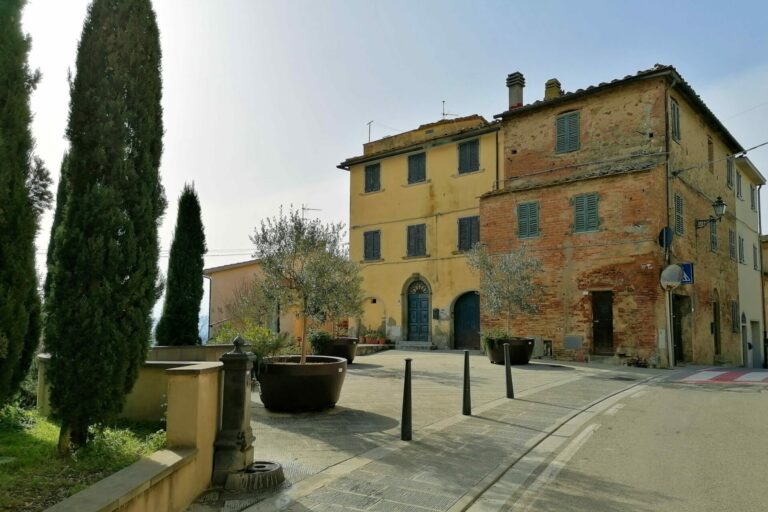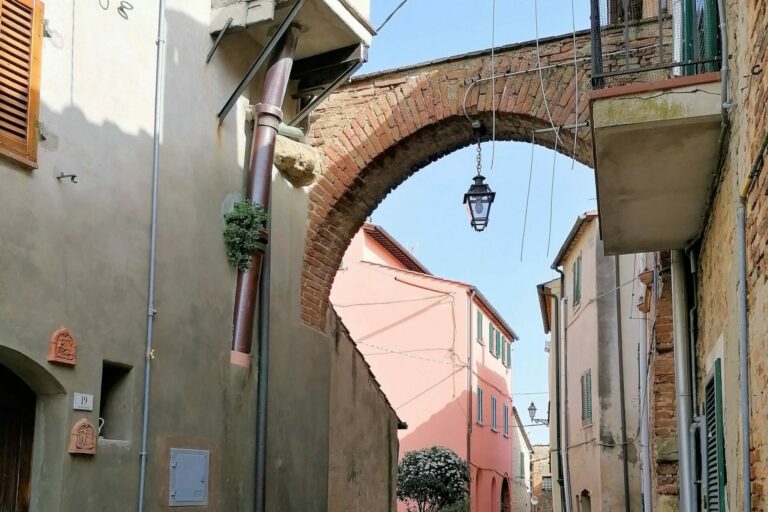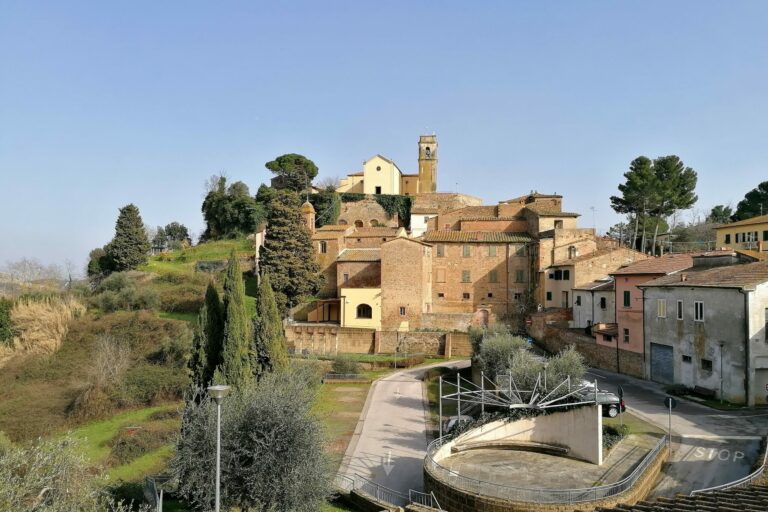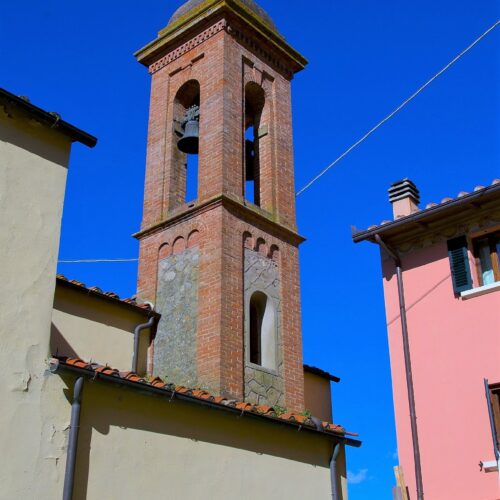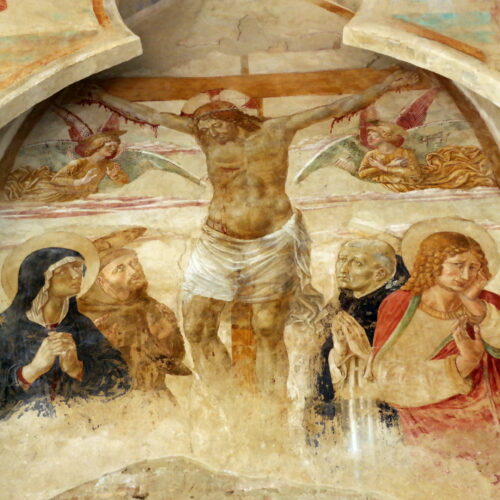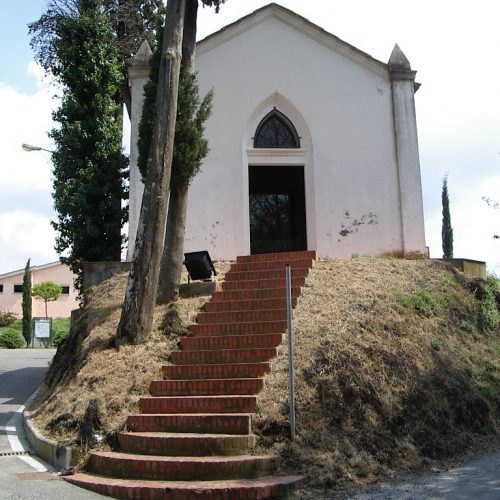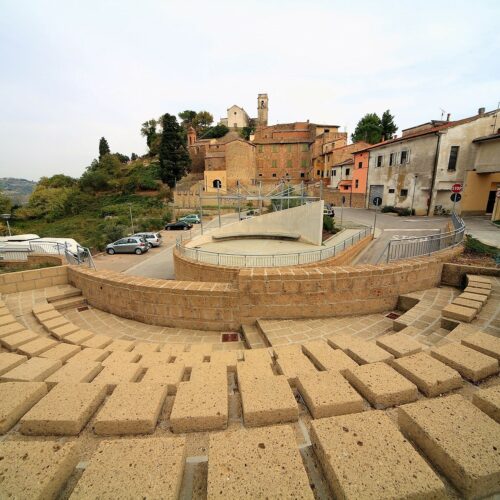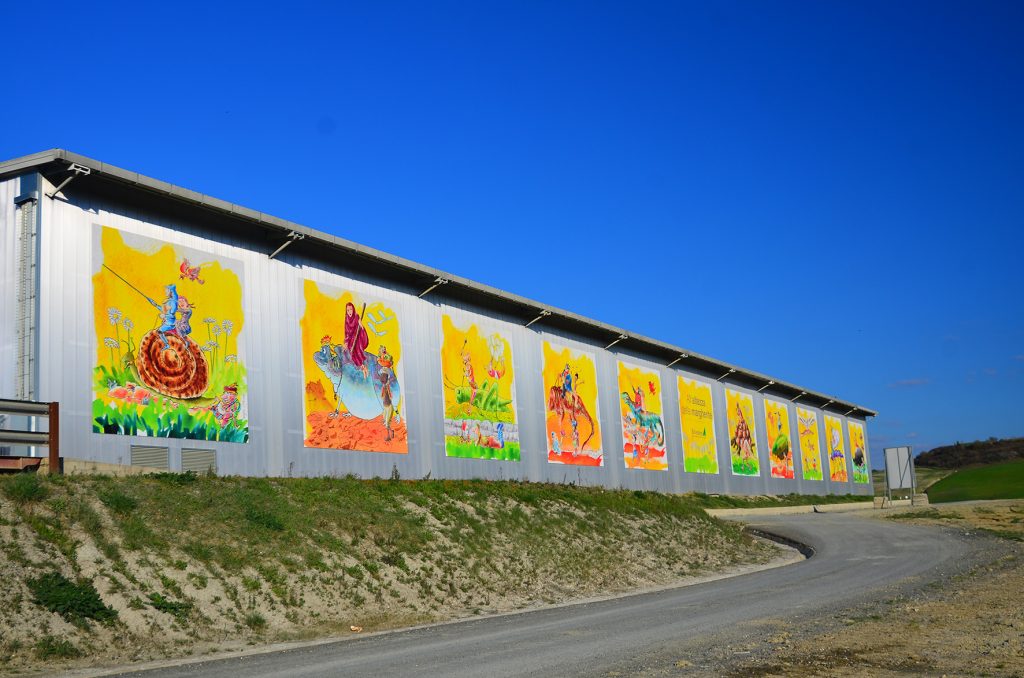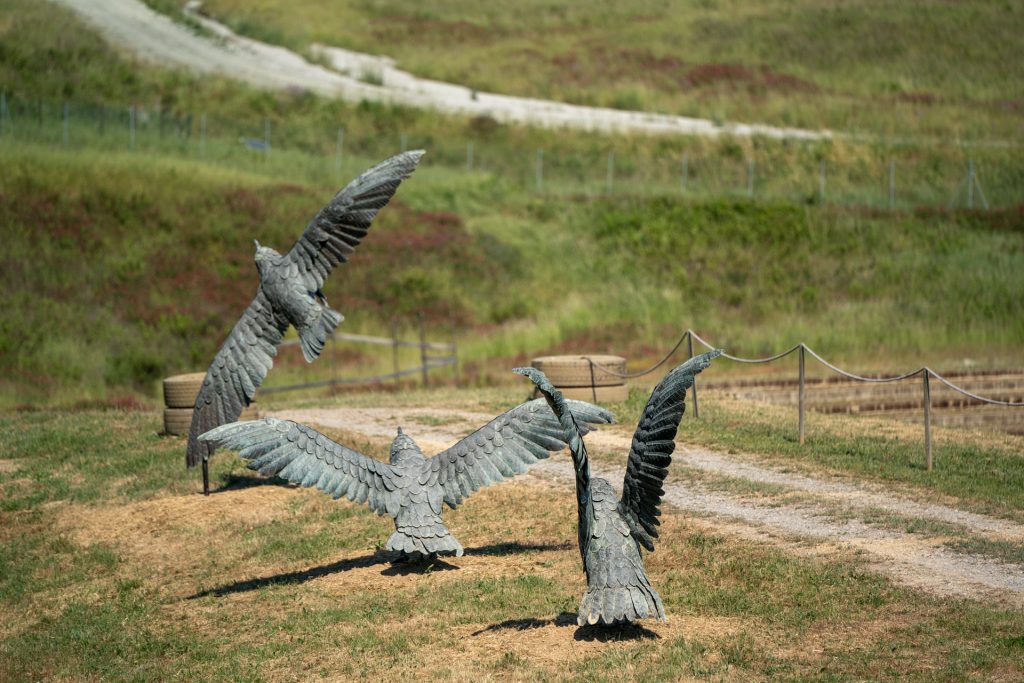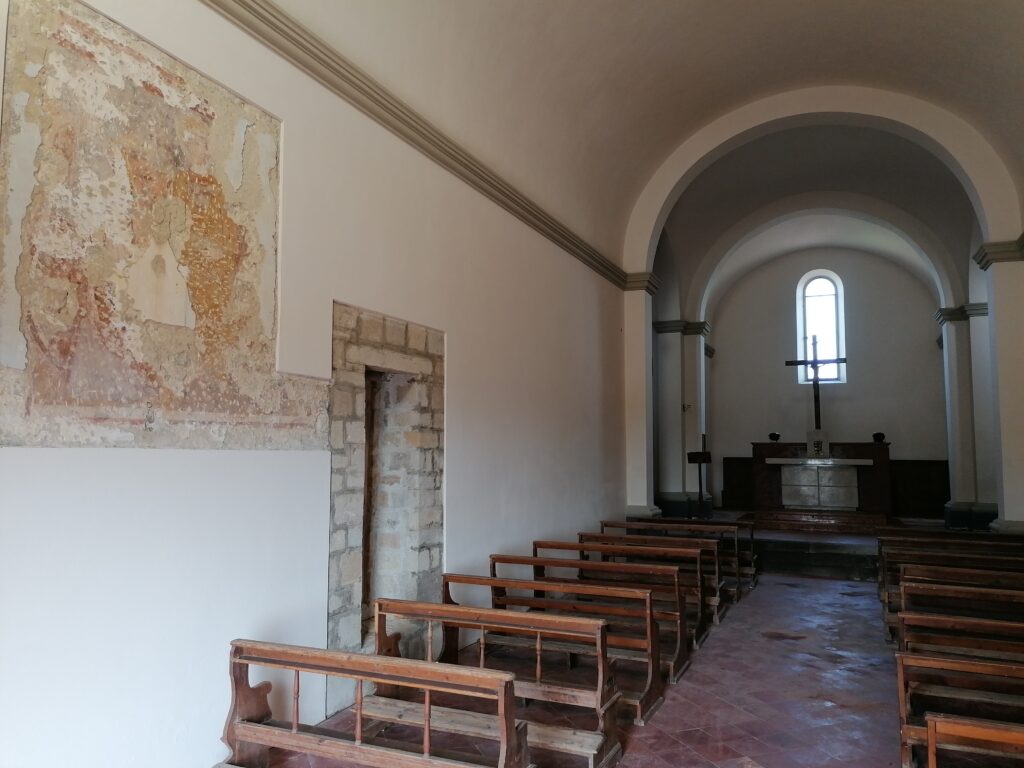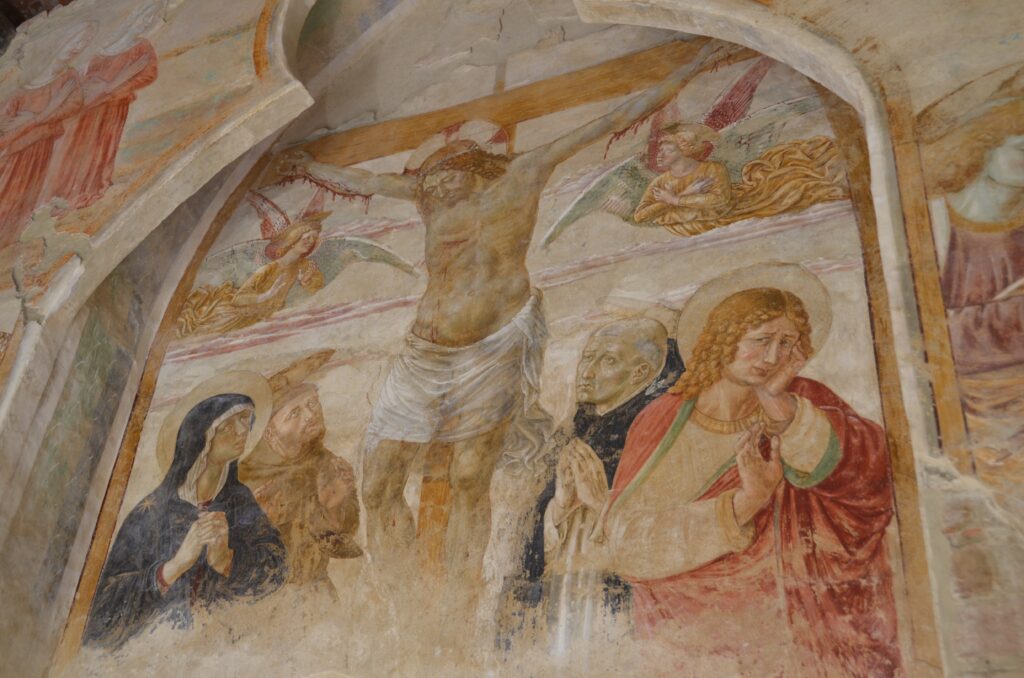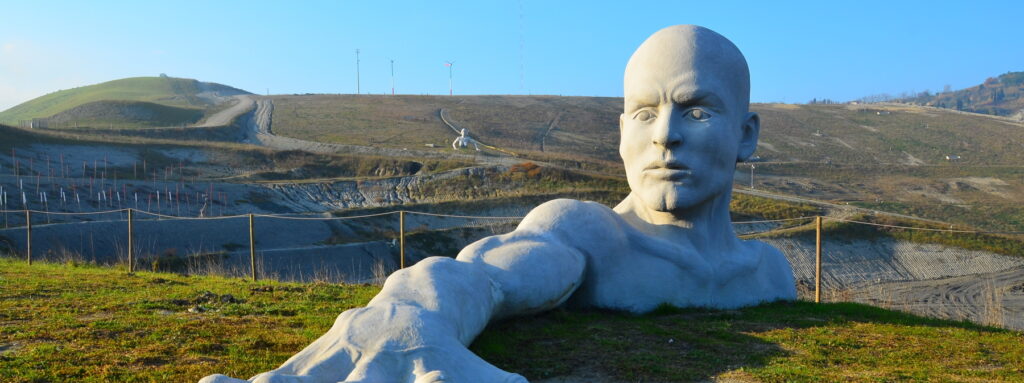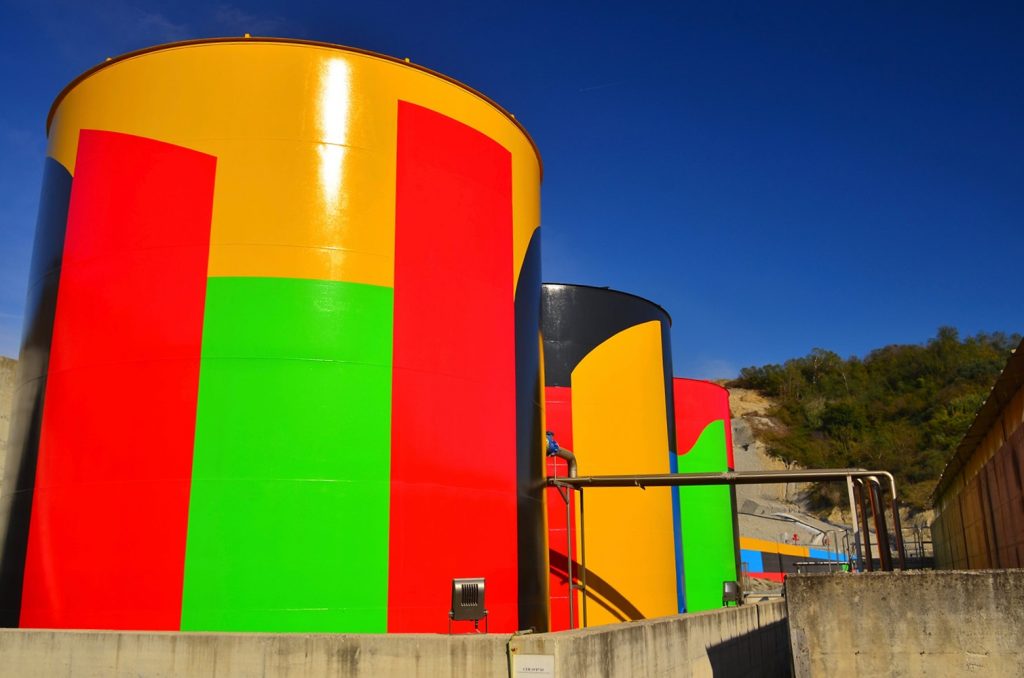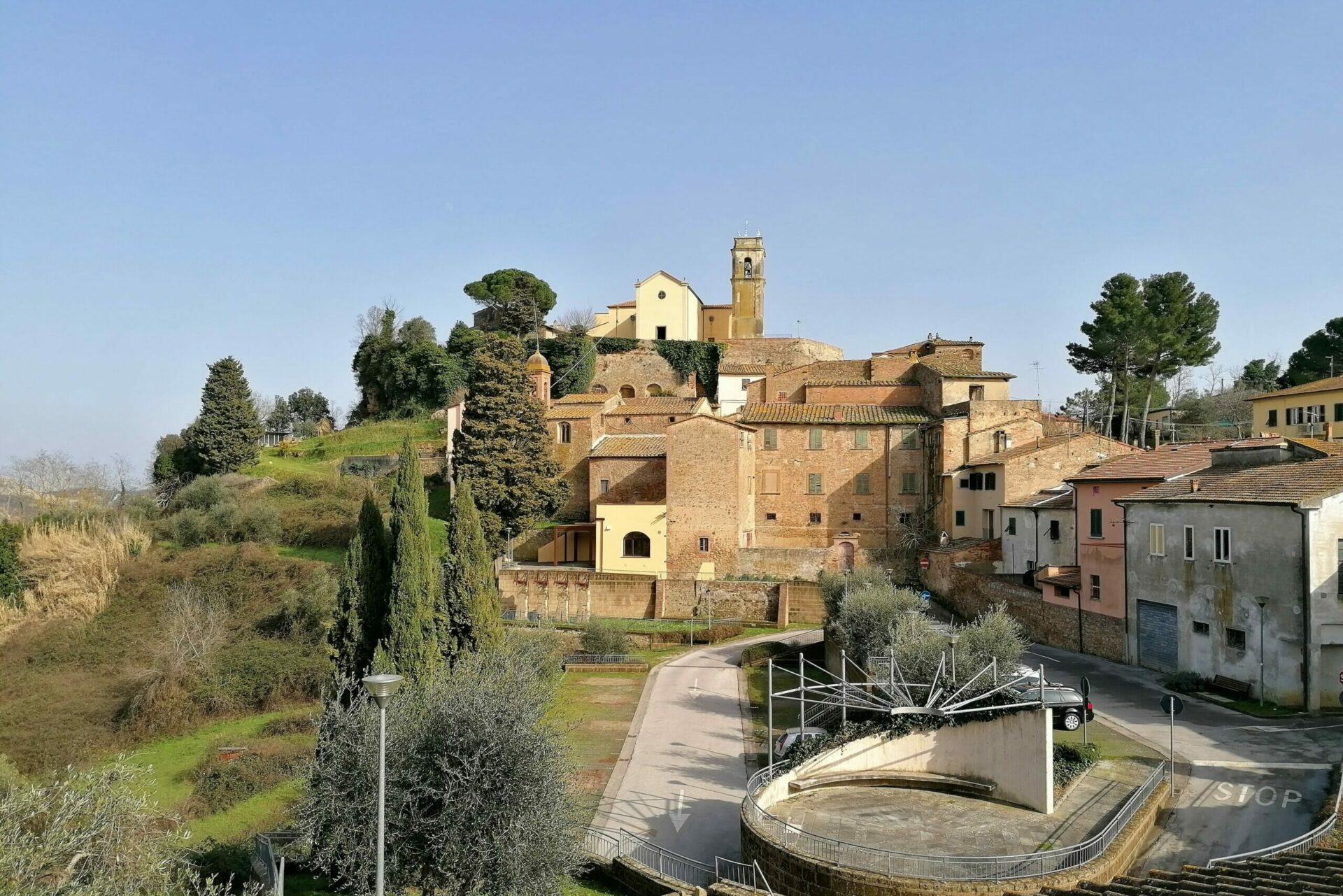
Legoli
Contemporary art, history and culture
Learn about Legoli
Although in ancient manuscripts of the 10th and 11th centuries reference is made to the lands of Liguli, Cigoli or Leoli, in the Pisan area by San Miniato, the oldest document certainly referable to Legoli is a sales contract dating back to 1139, in which Count Ranieri di Travale dei Pannocchieschi, son of the more famous count Ugolino and of the countess Sibilla, his wife, sold one of their large properties, whose boundaries included the Castle of Legoli.
The medieval past of Legoli, which in alternating periods was under the protection of Volterra, the Pisan Republic and the Guelphs, is strongly identifiable in the tower house, in the remains of the castle and in the wonderful Tabernacle by Benozzo Gozzoli, who lived here in 1479.
In recent times, since 1997, Legoli became notorious for a nearby waste treatment and disposal facility, whose management was able to develop an efficient industrial process, resulting today in a powerful economic engine and a basic part of Sistema Peccioli, with tangible effects on the area, not only in Legoli but throughout the Valdera region.
Inside the facility there is an amphitheater and some interventions by renowned artists who have turned the landfill into an art venue: Tremlett, Staino and Naturaliter.
At the level of daisies by Staino
“Gabbiani” (The Seagulls) work by Raffaello Mauro Marcucci at the Waste Disposal and Treatment Plant
Parish church of Saints Giusto and Bartolomeo and Church of Madonna delle Grazie
Tabernacle by Benozzo Gozzoli
Presenze: an installation by Naturaliter
David Tremlett – Legoli 2017
